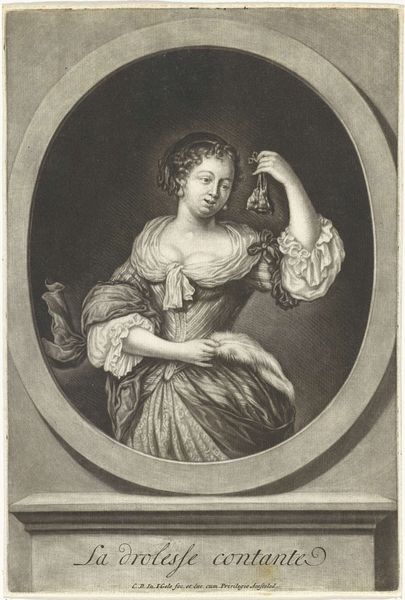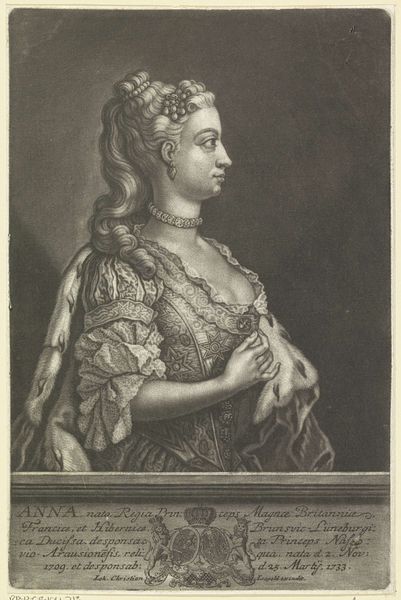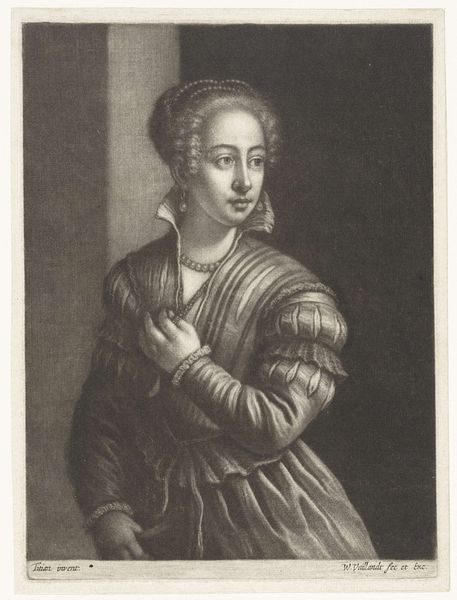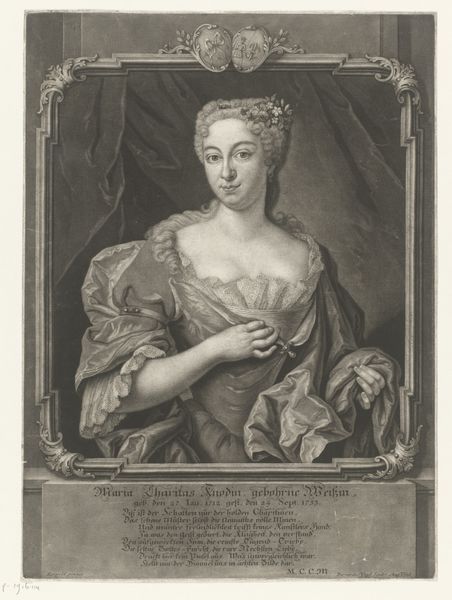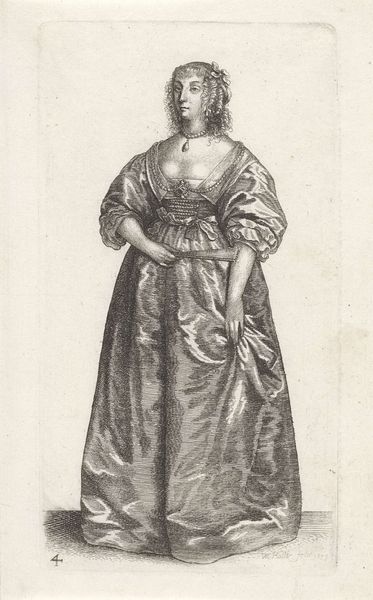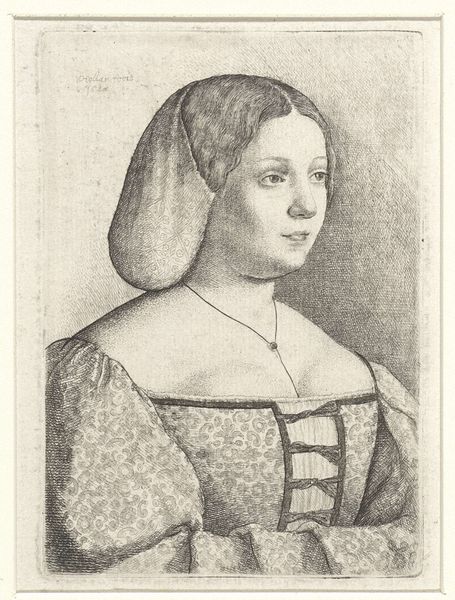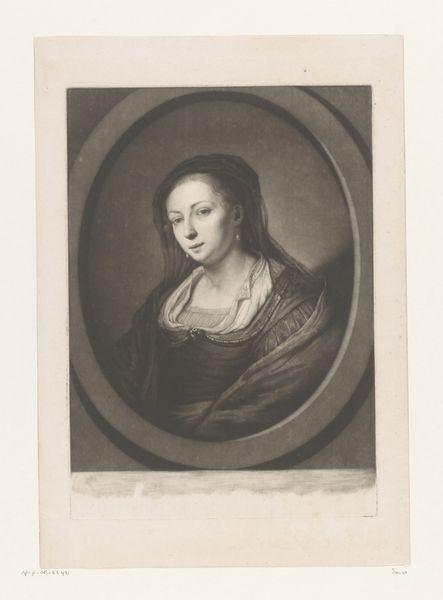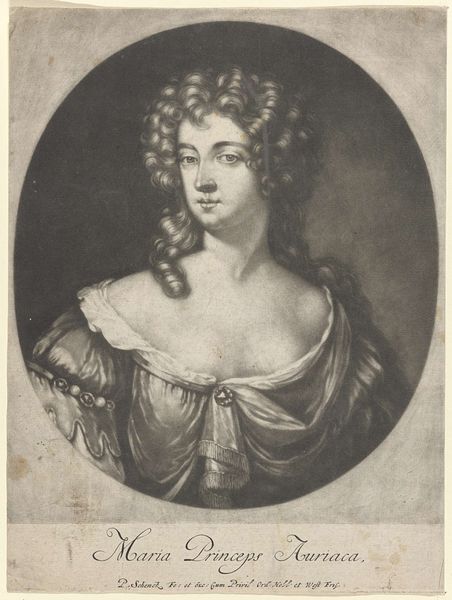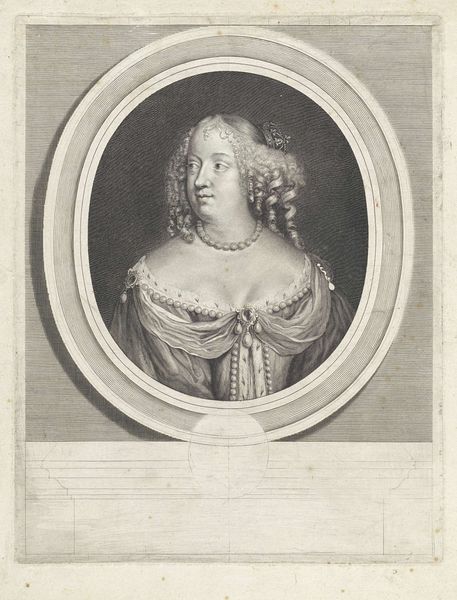
drawing, engraving
#
portrait
#
drawing
#
self-portrait
#
baroque
#
charcoal drawing
#
historical photography
#
portrait reference
#
portrait drawing
#
engraving
Dimensions: height 203 mm, width 146 mm
Copyright: Rijks Museum: Open Domain
Editor: This is "Young Woman with Loose Hair" by Wallerant Vaillant, made sometime between 1658 and 1677. It's an engraving. I'm struck by the soft, almost hazy quality of the image. How did Vaillant achieve this effect with engraving? Curator: The mezzotint technique Vaillant employs is critical here. It moves away from linear engraving by roughening the entire plate first, creating a burr that holds ink. This tonal method shifts the focus from line to surface. It is about the production of gradations of dark and light achieved by physical manipulation of the metal. What does this emphasis on process tell you about the value placed on labor at the time? Editor: It seems like it elevates the craft aspect, the physical work involved in creating the image. Was this a challenge to the traditional hierarchy between fine art and more practical skills? Curator: Precisely! Mezzotint allowed for mass reproduction but simultaneously highlighted the intensive labor needed to create each plate. Consider the social context: the rising merchant class seeking portraits, not just of nobility. The materials—the copper plate, the ink—became accessible, changing the dynamics of art consumption. The value isn’t solely in the image, but in the tangible processes. Doesn't it make you think of similar shifts happening now with digital art and NFTs? Editor: Yes, that’s interesting. The process becomes part of the value, or even *is* the value. I hadn't thought about it that way before. Curator: Seeing it as a physical product of skilled labour, not just an aesthetic object, reframes the portrait and its role in society at the time. It really highlights how new techniques can change how we view art.
Comments
No comments
Be the first to comment and join the conversation on the ultimate creative platform.
